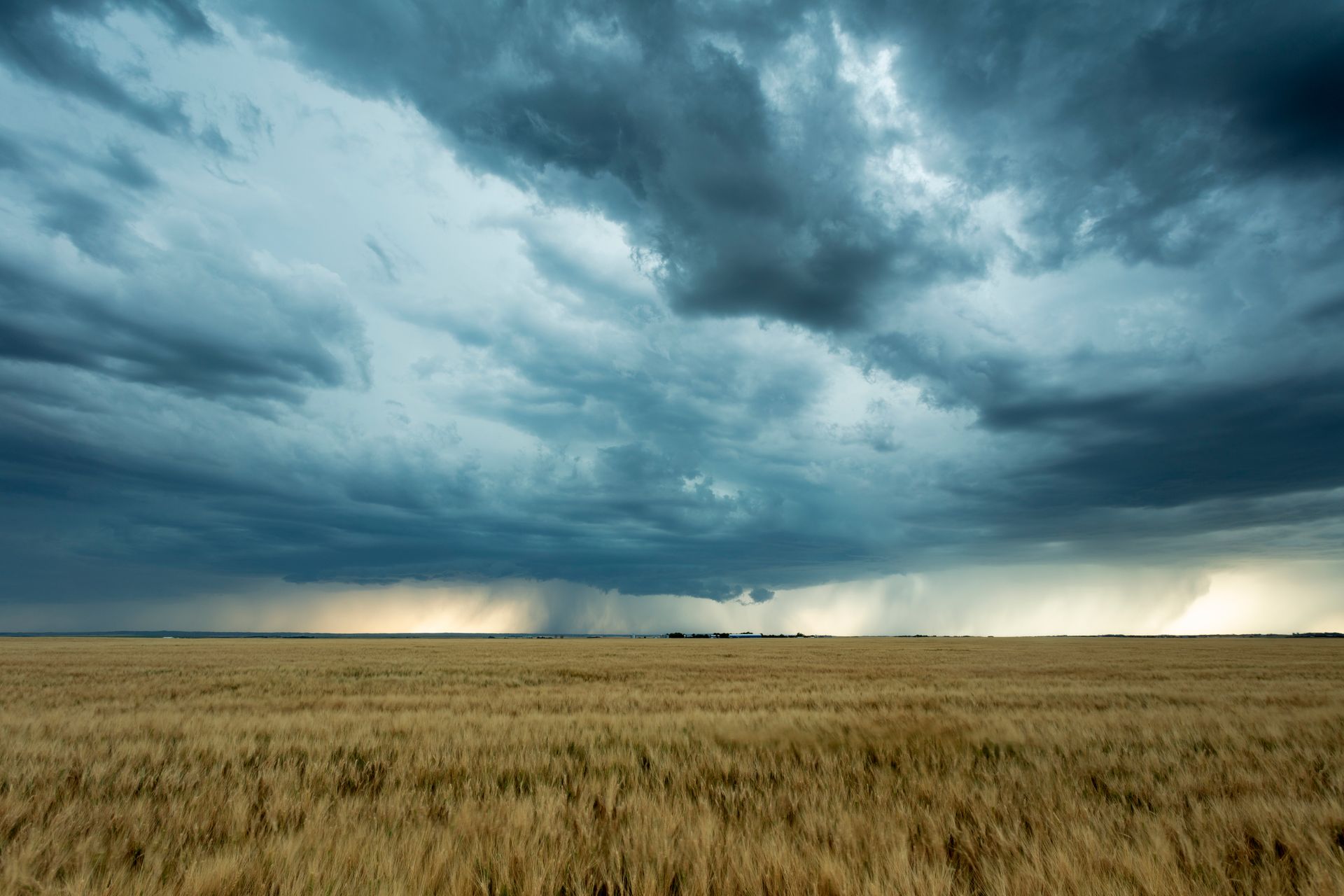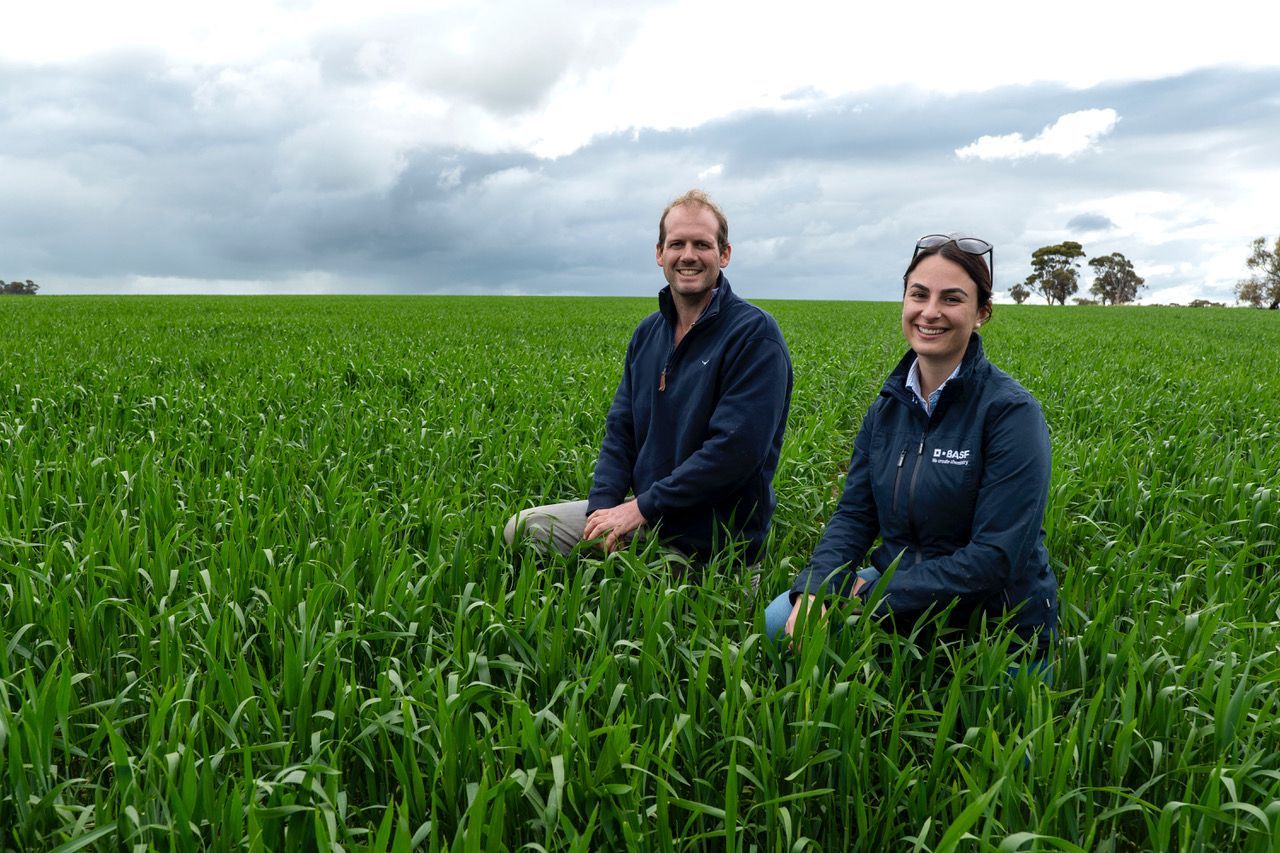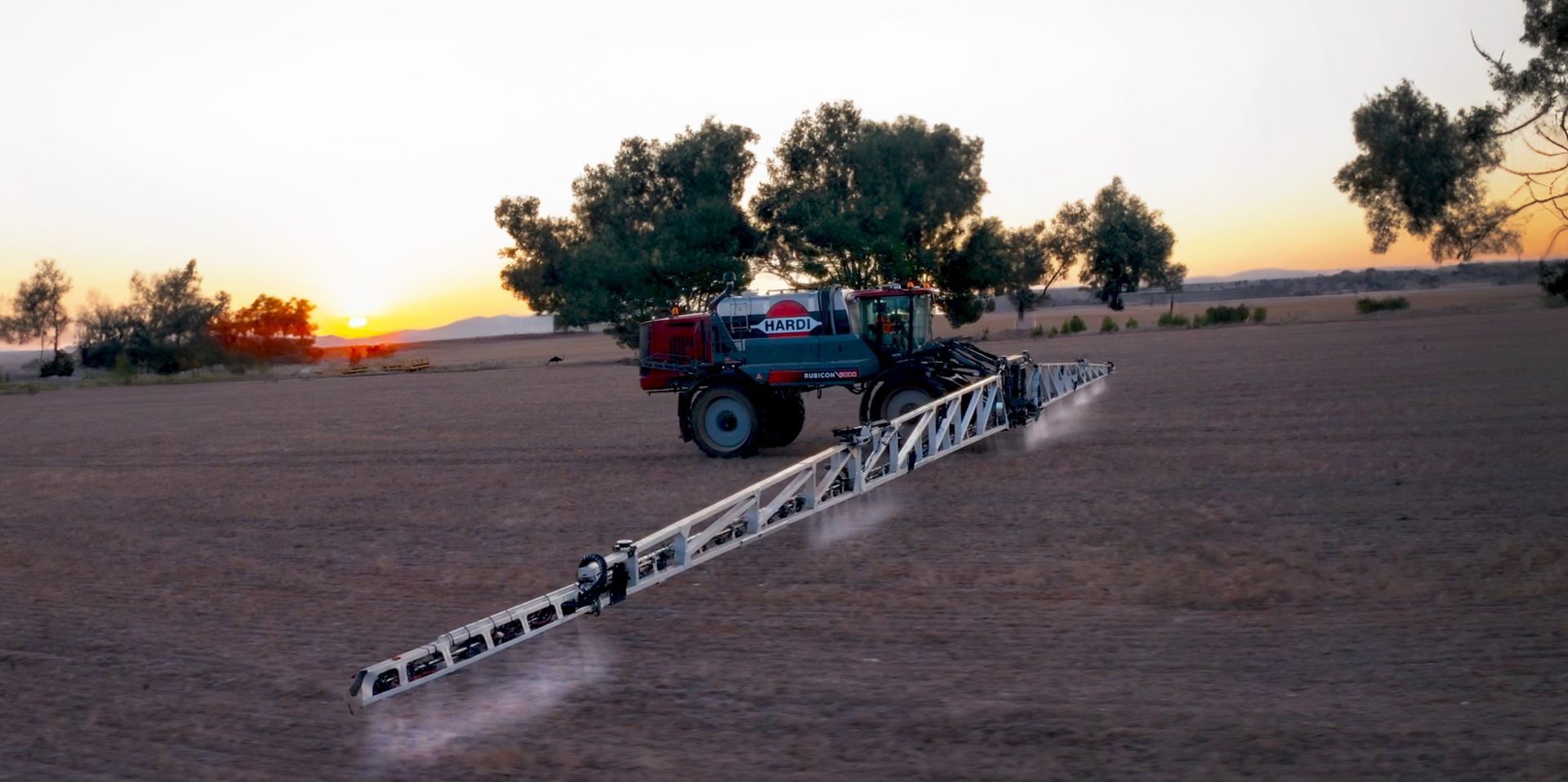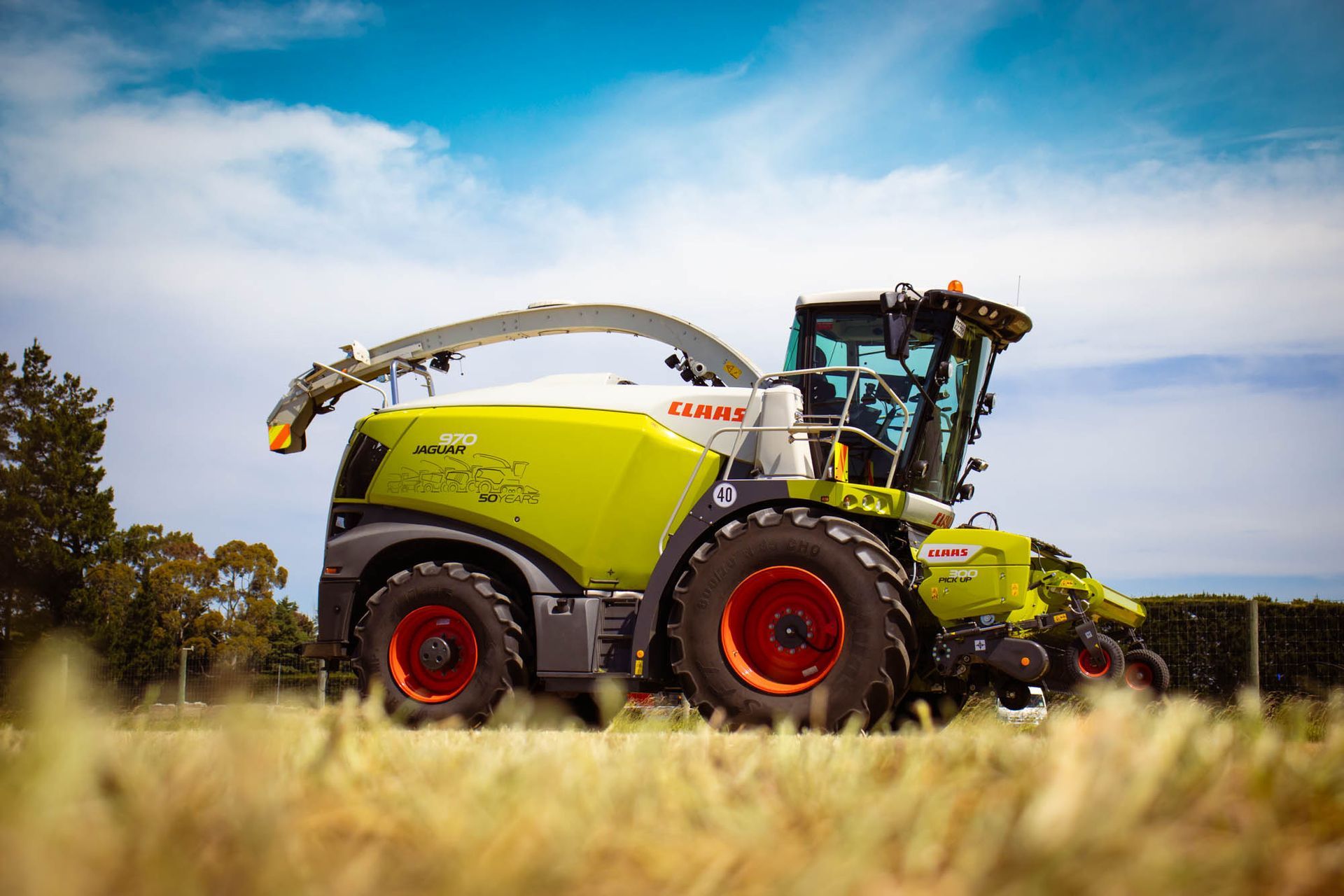Indigenous led guidelines share ag knowledge
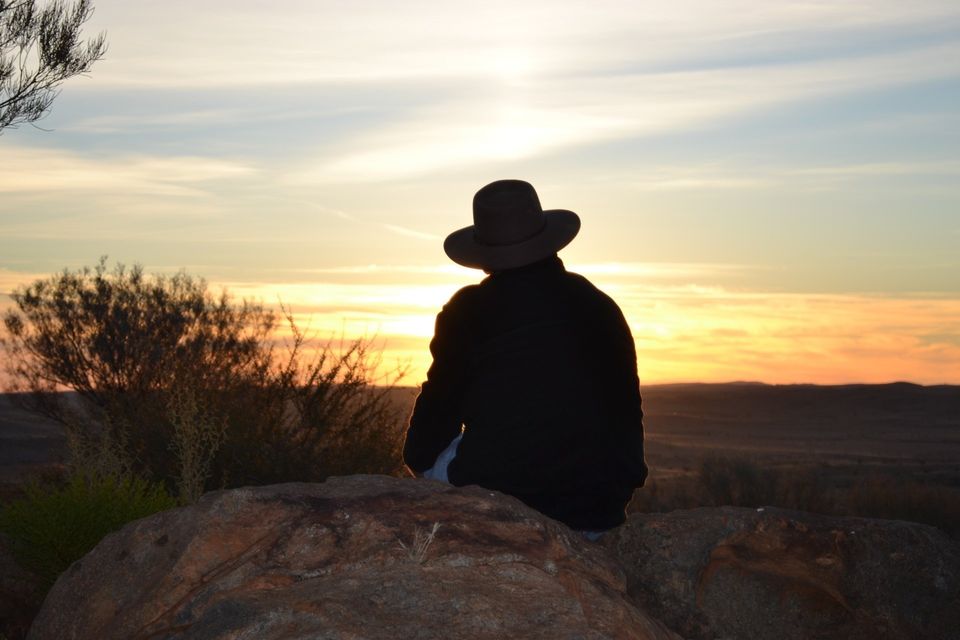
The first Indigenous-led guidelines on how to best strengthen and share Indigenous knowledge in land and sea management has been published, distilling the expertise of over 100 contributors.
It provides a framework for the sharing of knowledge across land and sea management in the ‘right way’.
Funded under the Australian Government’s National Environmental Science Program, the ‘Our Knowledge Our Way in caring for Country - Best Practices Guidelines from Australian experiences’ is based on 23 case studies. The process involved the NESP Northern Australia Environmental Resources Hub, Northern Australian Indigenous Land and Sea Management Alliance Ltd (NAILSMA), CSIRO Australia and the Australian Committee for IUCN, which is the United Nations-led International Union for Conservation of Nature.
The guidelines are a key output from a project of the Australian Government’s National Environmental Science Program, Northern Australian Environmental Resources Hub, titled Knowledge Brokering for Indigenous Land Management.
Brad Moggridge, the lead author of the guidelines said the publication of the guidelines was an important step forward in the acknowledgement of the traditional expertise Australia’s Indigenous custodians embodied.
“Indigenous knowledge is so important to fixing some of the issues we see in modern Australia.
“We know this Country, we speak this Country, we sing this Country, we dance it, and it’s a key part of who we are.
“And in their relationship with Country, Indigenous people are best placed to give advice because having that value of Country and water and the knowledge that comes with that - and the laws that protect that - is key to the way we fix the problem” said Moggridge.
The guidelines themselves cut across four themes: strengthening Indigenous knowledge; strong partnerships; sharing and weaving knowledge; and Indigenous land and sea networks.
This is grounded by a key guiding principle that Indigenous people must decide what is best practice in working with Indigenous knowledge.
It is based on 23 case studies from across Australia and the Torres Strait Islands.
Ricky Archer, CEO of NAILSMA and a Djungan man from the Western Tablelands of north Queensland said the guidelines aimed to both embolden Indigenous knowledge holders and protect the legacy of this traditional knowledge.
“These guidelines better value and strengthen Indigenous knowledge holders and the systems that need to be in place to protect Traditional knowledge, in a platform that can be readily access by the researchers and broader community” said Archer.
“One of the best examples that mixes cultural knowledge systems and Western knowledge frameworks is Savanna Burning Projects, a cultural burning practice that’s been put through an academic framework to measure things like carbon”.
Another case study used for the guidelines was “Yanama budyari gumada: walking with good spirit at Yarramundi, western Sydney”.
This case study highlights how partnerships can work where there is trust founded on mutual respect which could facilitate important connections with other people to “sign-in” to Country.
The Australian Committee for IUCN have thrown their full support behind the publication of the guidelines.
Executive member and Regional Councillor Peter Cochran of IUCN said that “the Committee’s support for this publication reflects our acknowledgement and respect for Australia’s long and rich history of land and sea management by Indigenous Peoples and their deep knowledge and expertise about a vast and changing continent”.
For partners such as IUCN, the guidelines identify ways where they can support good knowledge practice through strong partnership agreements, and support for cultural governance arrangements.
Dr Emma Woodward, a research scientist at CSIRO said that Australia has much to learn from Indigenous Peoples and that there is much more than can be achieved by simply working alongside each other.
“We need to take the time to listen and show respect for Aboriginal and Torres Strait Islander People’s knowledge, culture and country, and be led by their knowledge” said Woodward.
The Steering Group, an Indigenous majority project, hopes that the guidelines prove useful to sharing, celebrating and educating Traditional Indigenous land and sea management practices with Australia’s agricultural industry, to realise fruitful outcomes for people and Country.
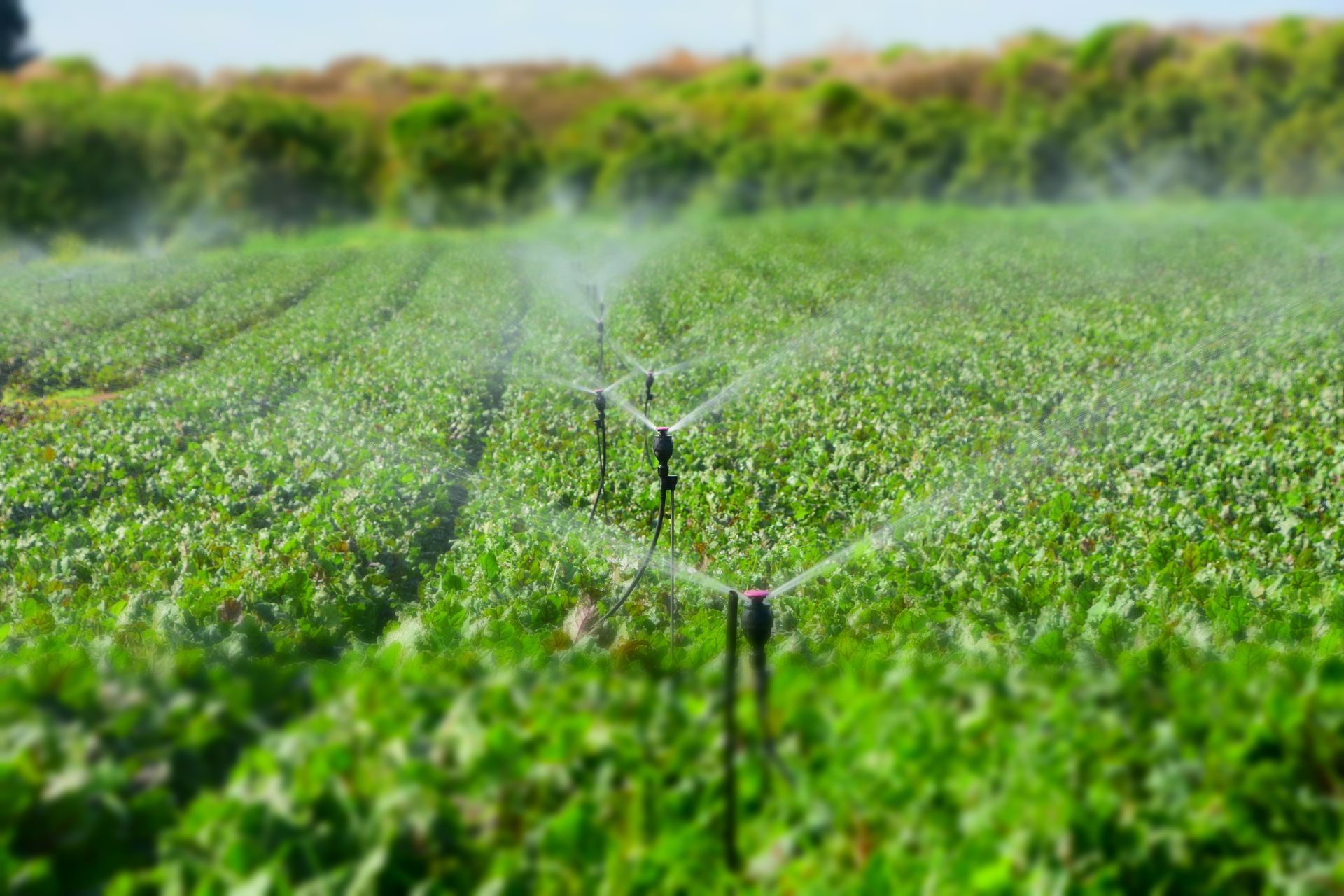
A selection of The Australian Farmer Sponsors - Click on a banner below to find out more...

